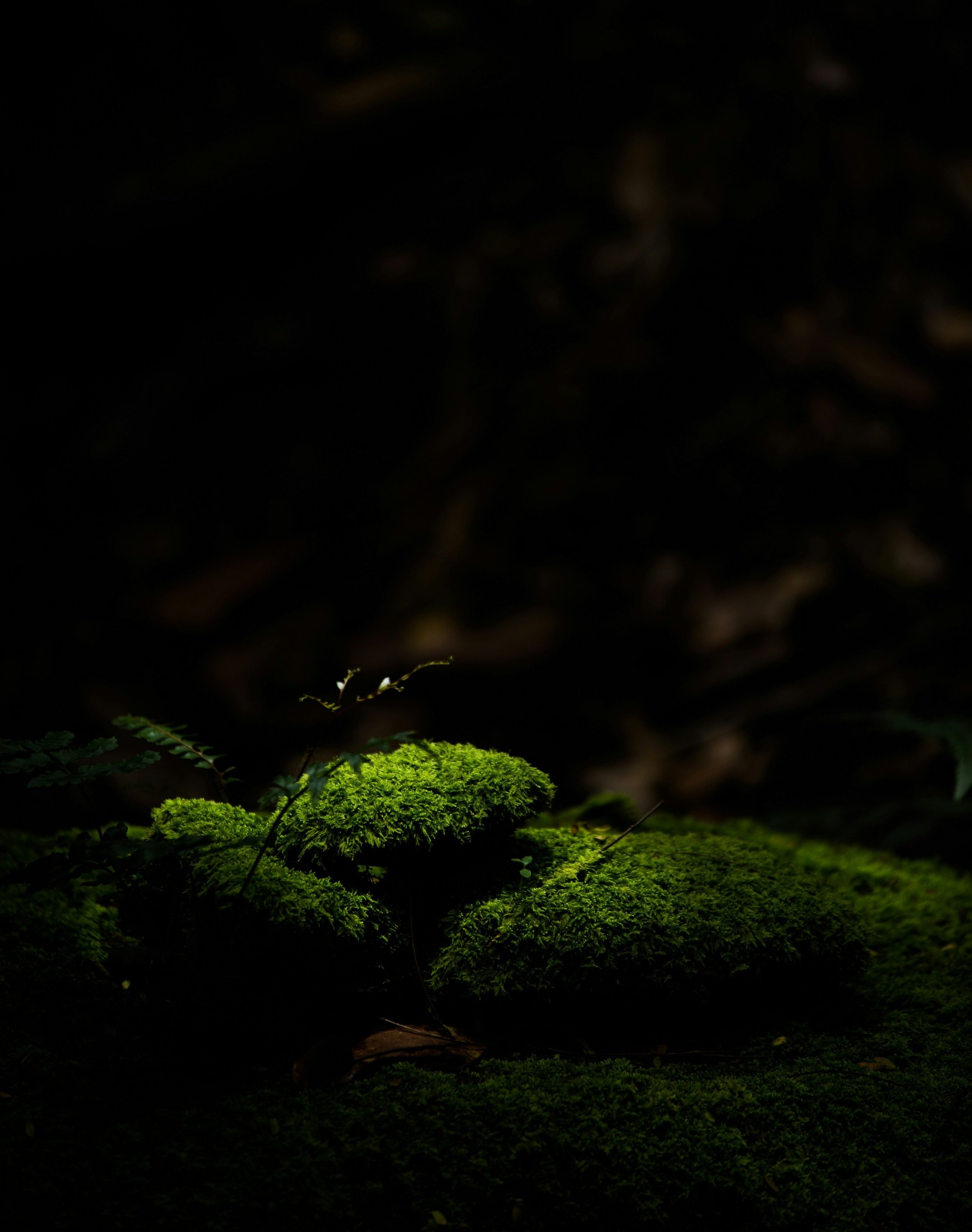
Creating and maintaining a bioactive terrarium can be a rewarding and educational experience. Take a look at frequently asked questions below.
-
Watering: The most common killer of closed terrariums is overwatering.
Terrariums require consistent but not excessive watering to keep the substrate moist but not waterlogged.
You should never see standing water at the bottom of your terrarium.
The clay pebbles should look wet
If you notice water pooling at the bottom, you can open the container and let some of the water evaporate. Keep an eye on the plants to make sure they’re not drying out.
Looking at the sides of your terrarium, if you notice the soil looks dry and not clinging to the glass, or if you haven’t observed any condensation on the walls of your terrarium for over 3 weeks it is time to give it a some water.
Using a spray bottle, mist inside your terrarium aiming directly at the walls as well as the plants. Carefully watch the soil from the side of your terrarium, monitoring whether or not the soil is clinging to the glass. Again, the soil should look moist, not soaked!
Never pour water in directly as this can flood your terrarium and once water is in you cannot remove it!
If there is too much condensation on the glass and you can’t see the plants inside you can remove the lid of your terrarium. Let the terrarium air for at least an hour up to twice a week until the humidity levels have settled down.
You can also use a dry paper towel to wipe condensation off the glass.
-
If you find that the plants are growing too tall you can pinch off the growth, cutting just above a pair of leaves to remove the top part of the stem. This encourages a more bushy growth.
For ferns you can trim a particularly long frond by cutting it at the very base of the plant.
If you'd like your terrarium to look fuller, you can "plant" the cutting back down in the soil.
The cutting should re-root.
If it does not, and the plant starts to decay, you can remove it or leave it for the isopods and springtails to eat!
However, while your terrarium is establishing, it is good to try and keep decaying plant matter to a minimum so if you spot any browning leaves remove them as soon as possible.
-
The springtails and isopods are the clean up crew (CUC)! Not only are they fun to watch moving about, they also eat decaying plant material helping your terrarium stay healthy, so do not panic if you see them in the substrate and on your plants!
-
Most terrariums require bright, indirect sunlight
Never place your terrarium in direct sunlight. The glass will act as a lens and burn the plants and kill the clean up crew.
Use full-spectrum bulbs to simulate natural sunlight if the terrarium doesn't receive adequate natural light. There are inexpensive, but effective options online that can provide adaquate lighting and can run on a time, so you don't have to think about it!
Regularly turn the terrarium so the plants inside grow evenly.
-
This is normal, especially with new terrariums.
However, this is also a sign that the humidity is too high. Follow the watering tips above to regulate the humidity.
The CUC, specifically the springtails, eat mold! Once your terrarium has a chance to settle in and establish, the springtails and isopods will quickly multiply and take care of mold and other decay.
